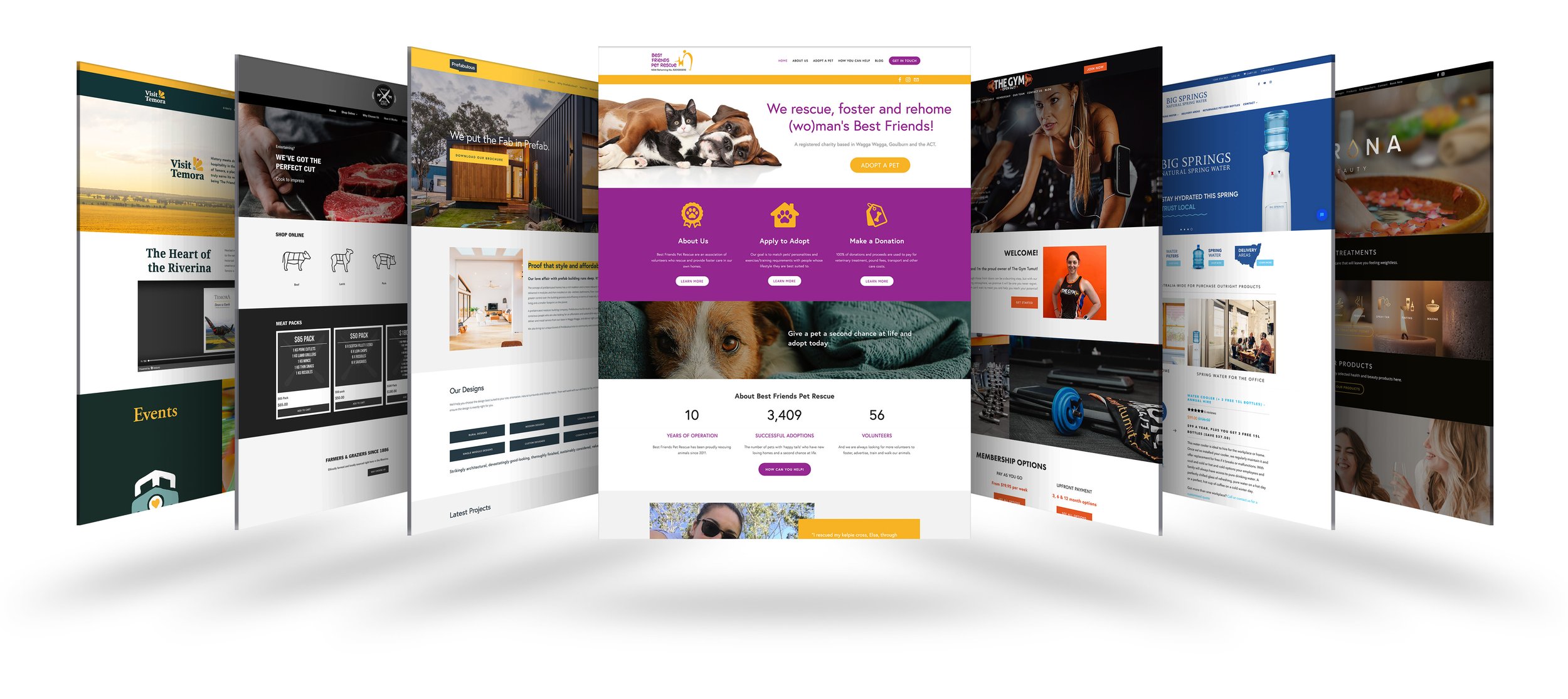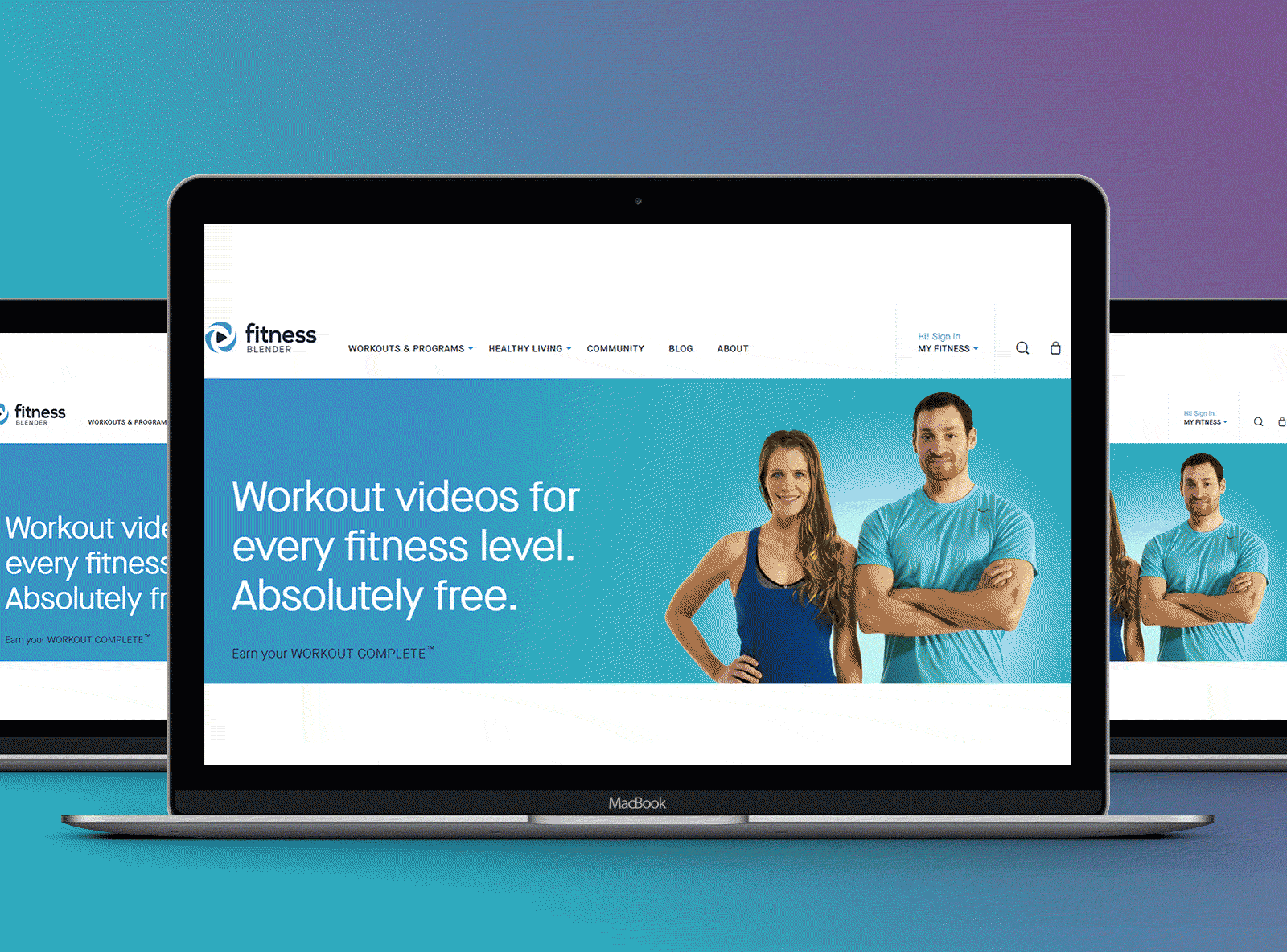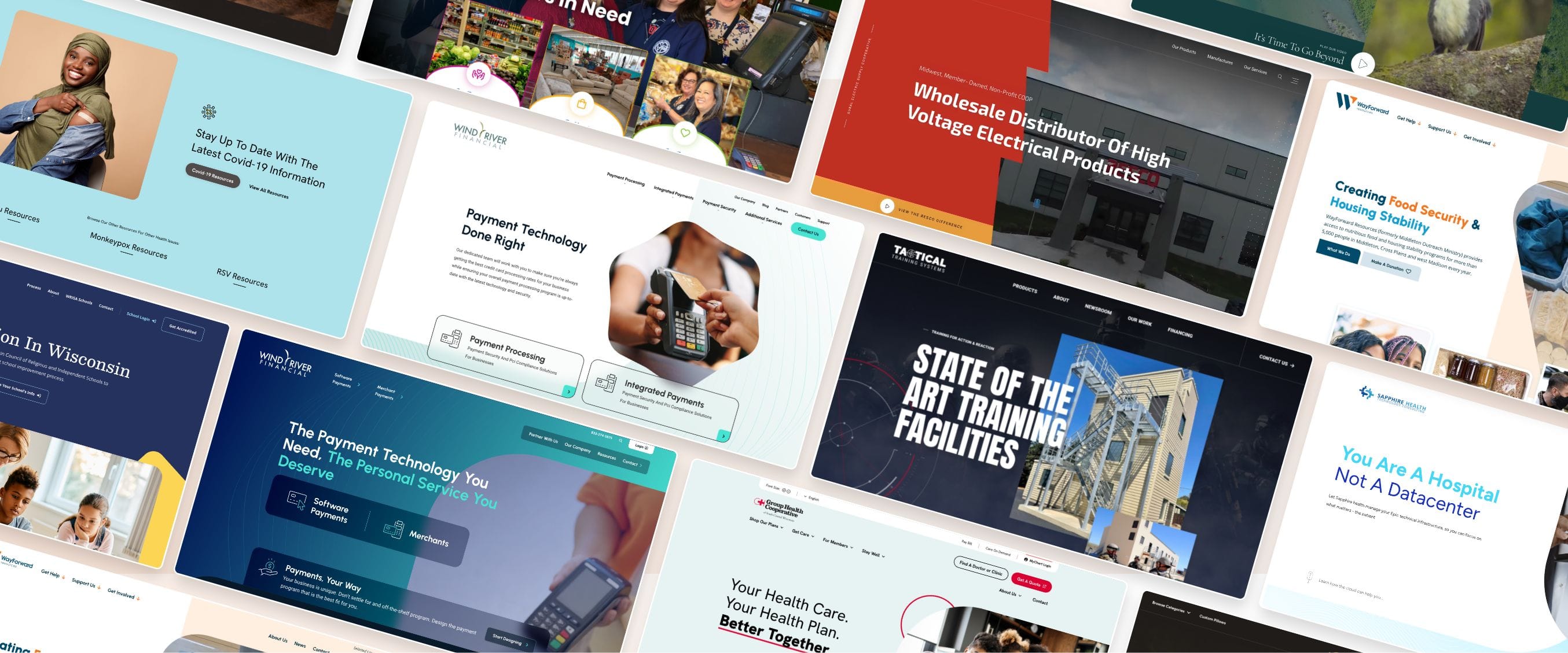The Power of User-Centered Internet Site Design in Growing Your Online Target Market
Effective design principles-- such as intuitive navigating and access-- are crucial in cultivating individual fulfillment and loyalty. What approaches can companies embrace to ensure their designs reverberate with individuals and ultimately drive development?

Comprehending User-Centered Style
User-Centered Design (UCD) is an essential strategy to website development that focuses on the demands, preferences, and habits of end customers throughout the style procedure. This technique highlights comprehending individuals deeply-- with research study methods such as interviews, studies, and functionality screening-- to create a web site that reverberates with them. By integrating user feedback at every stage, developers can make certain that the final item lines up closely with customer assumptions.
UCD advertises iterative design, where prototypes are checked and fine-tuned based upon user communications and experiences. This cycle not just boosts functionality but likewise fosters a feeling of ownership amongst customers, as they feel their input is valued and impactful. In addition, UCD helps recognize prospective barriers and pain points in the customer journey, allowing designers to resolve these difficulties proactively.
Eventually, embracing UCD brings about web sites that are more user-friendly, engaging, and effective. By putting users at the facility of the style process, organizations can develop electronic experiences that not just draw in but additionally preserve their target market, driving better complete satisfaction and loyalty. In an affordable online landscape, this technique is necessary for accomplishing continual success.
Secret Principles of Customer Experience
A successful individual experience (UX) depends upon a number of vital principles that direct the layout process and boost communication in between customers and the web site. Usability is critical; the website must be instinctive, allowing individuals to browse easily and discover info quickly. This includes clear labeling and a sensible structure that lessens cognitive load.
Second of all, availability plays a critical duty in making sure that all customers, no matter their impairments or capacities, can properly involve with the website. Integrating alt message for images, keyboard navigation, and display viewers compatibility promotes inclusivity.
Uniformity is an additional necessary principle. A cohesive style language, from color design to typography, assists individuals develop experience and count on with the site (Website Design). It likewise reinforces brand name identity
Moreover, comments devices are important. Customers should obtain prompt and clear reactions to their activities, whether with aesthetic signs or verification messages, which enhances their confidence in browsing the site.
Last but not least, mobile responsiveness can not be forgotten. With an enhancing number of customers accessing sites via mobile phones, a style that adjusts perfectly to numerous display sizes is crucial for maintaining a positive individual experience.

Advantages for Online Interaction
Effective online involvement supplies various advantages that can dramatically boost a website's overall efficiency - Website Design. By fostering significant interactions between individuals and the website, companies can grow a loyal target market that returns with consistency. Engaged individuals are most likely to share material, thereby raising natural reach and drawing in new site visitors with word-of-mouth promotion
Enhanced online interaction also leads to improved user complete satisfaction. When individuals locate a site that reverberates with their demands, they are more inclined to discover its offerings thoroughly, which can bring about greater conversion rates. In addition, engaging content urges individuals to spend even more time on the site, decreasing bounce prices and favorably influencing search engine ranking algorithms.
Furthermore, effective interaction supplies vital insights right into individual choices and behaviors (Website Design). By evaluating customer interactions, companies can customize their web content and design approaches to satisfy the advancing assumptions of their audience. This flexible strategy not only enhances involvement but likewise enhances the brand's credibility as user-centric and receptive
Inevitably, focusing on online interaction through user-centered style produces a flourishing ecological community where both the audience and the company benefit, leading to sustained development and success in the digital landscape.

Methods for Efficient Design
To make best use of the benefits of great post to read online engagement, using specific techniques in internet site layout is critical. Initially, intuitive navigation is crucial; individuals must quickly locate details without confusion. A well-structured food selection, clear tags, and a rational hierarchy improve the individual experience and decrease bounce rates.
2nd, receptive design is vital in today's multi-device atmosphere. Making sure that a site adapts effortlessly to various display sizes fosters ease of access, therefore accommodating a wider target market. This flexibility not only enhances customer complete satisfaction however likewise positively influences search engine positions.
Third, the usage of aesthetic hierarchy overviews customers' attention to vital aspects, such as phone call to activity (CTAs) Employing contrasting colors, varying font dimensions, and critical spacing can efficiently direct users towards wanted actions, facilitating greater interaction.
In addition, applying constant branding across all web pages constructs trust fund and acknowledgment. A cohesive shade scheme, imagery, and typography strengthen brand name identification and create an expert appearance.
Lastly, enhancing loading speeds is essential. Customers are less likely to involve with a slow-loading website, making efficiency optimization a critical her latest blog facet of reliable layout. By including these methods, internet site creators can improve customer experience and eventually grow their on the internet target market.
Real-World Success Stories
Success tales in user-centered website style illustrate the substantial benefits of focusing on user experience. As a result, they experienced a 250% increase in on the internet donations, showing how an instinctive style can drive user interaction and support.
An additional compelling instance is that of Airbnb, which made use of user-centered layout concepts to improve their reservation procedure. By simplifying the individual trip and incorporating customized referrals, they dramatically minimized website desertion prices. This focus on customer experience added to an income growth of over 70% in a solitary year, highlighting the connection between well-designed interfaces and economic success.
Furthermore, the shopping titan, ASOS, implemented individual testing to improve their mobile app. By addressing customer discomfort factors, they accomplished an impressive 30% increase in mobile sales. These instances highlight that investing in user-centered design not just boosts customer contentment but likewise drives concrete organization outcomes, strengthening the critical role of individual experience in accomplishing on-line growth.
Final Thought
By focusing on user demands and choices, organizations can develop user-friendly and available digital experiences that foster commitment and drive conversions. The integration of user comments throughout the style procedure not just reduces bounce prices yet likewise encourages exploration.
User-Centered Design (UCD) is a fundamental method to web site development that focuses on the demands, choices, and habits of end users throughout the design process. By incorporating individual responses at every stage, designers can make sure that Look At This the final item lines up closely with individual expectations.
A successful individual experience (UX) hinges on a number of vital principles that direct the design process and improve communication between individuals and the website.Success stories in user-centered internet site design illustrate the tangible benefits of focusing on individual experience. These examples highlight that spending in user-centered design not only improves user satisfaction yet also drives substantial service results, reinforcing the critical role of user experience in accomplishing online development.
 Spencer Elden Then & Now!
Spencer Elden Then & Now! Earvin Johnson III Then & Now!
Earvin Johnson III Then & Now! Soleil Moon Frye Then & Now!
Soleil Moon Frye Then & Now! Bernadette Peters Then & Now!
Bernadette Peters Then & Now! McKayla Maroney Then & Now!
McKayla Maroney Then & Now!